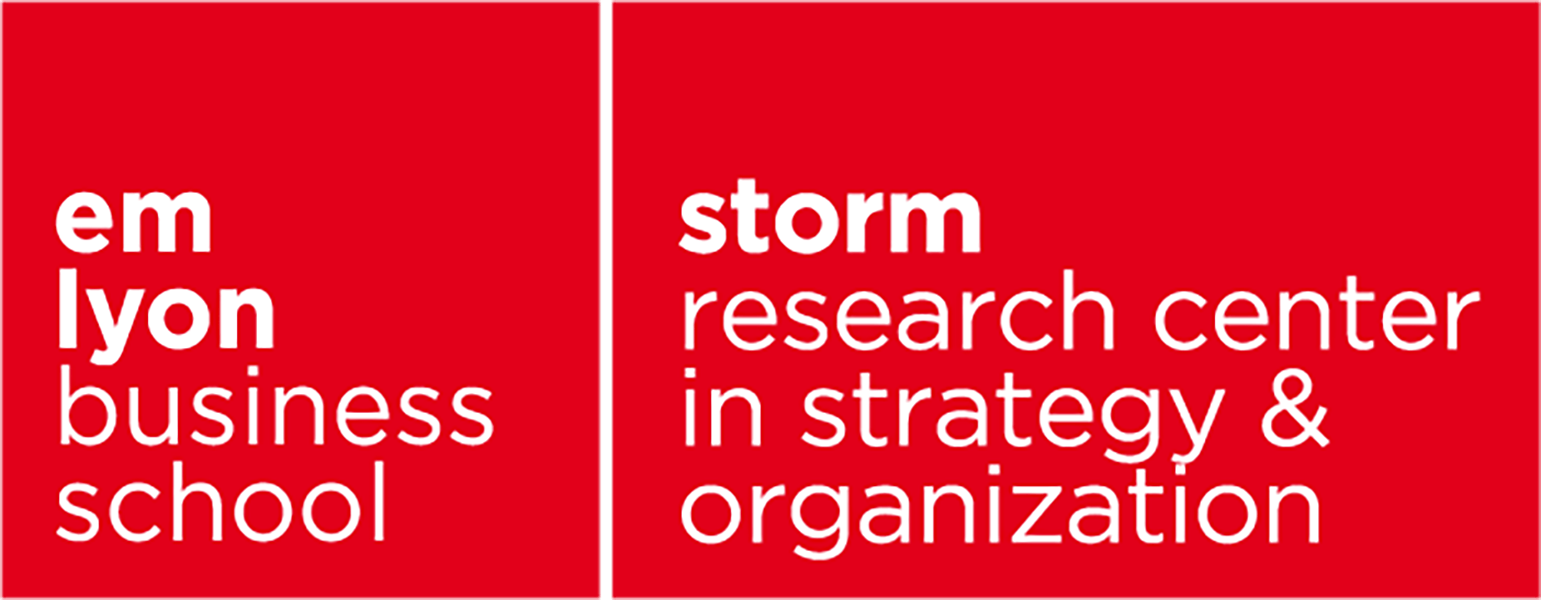Societal and workplace changes over the last few decades have radically altered how employees and managers spend their time — both in and outside the workplace. Technology – the advent of emails, smartphones, and virtual private networks, among others – has substantially shifted the boundaries and created more flexibility in terms of what can be done in the office and what can be taken home. Men’s increased involvement in family life coupled with women’s greater work force participation has also prompted change: varied benefit packages and work–time demands emerge, and from new quarters, as employees’ priorities evolve and the working population diversifies. Shifting demographics and aging populations in developed countries also mean that people are more likely to end up caring for someone at some point in their lives. Indeed, for organizations concerned with employee wellbeing, there is a growing impetus to help individuals manage their dual professional and private life obligations.
Reference:
Janice Byrne, and Anna Canato. 2017. It’s Been a Hard Day’s Night: Work Family Interface and Employee Engagement, Organizational Dynamics, 46(2): 104-112: http://www.sciencedirect.com/science/article/pii/S0090261617300852


